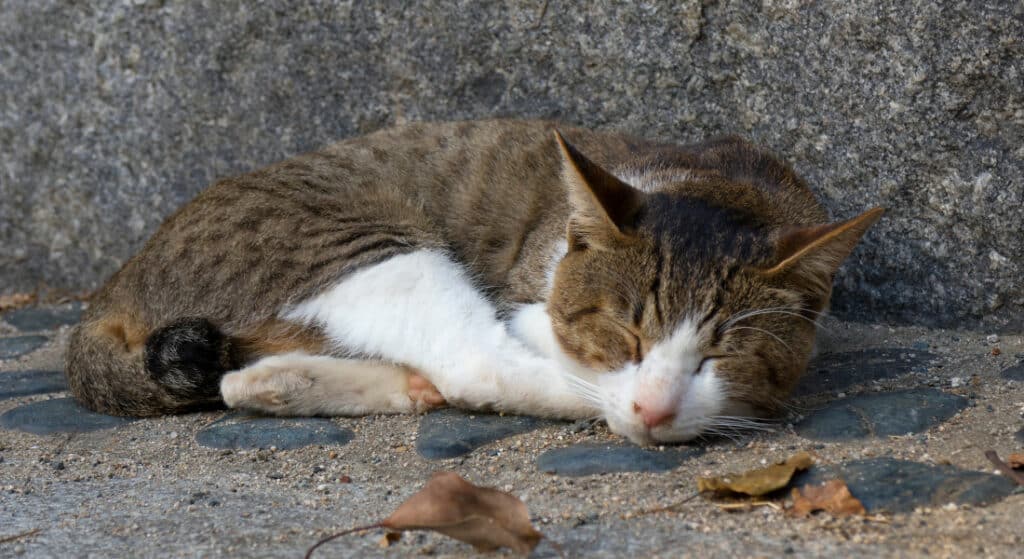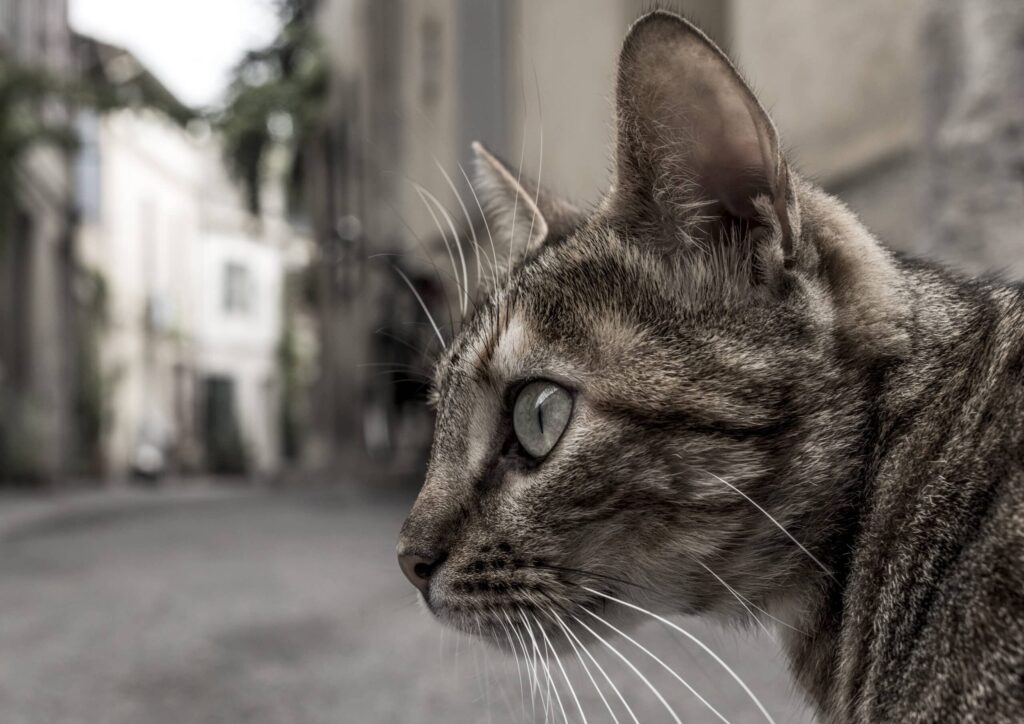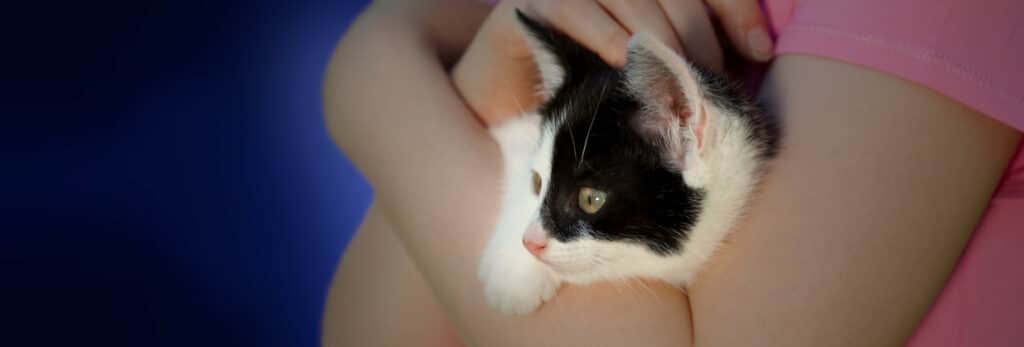
Have You ever Wondered Why Cats have Fur?
The ancestor of the domestic house cat is thought to have evolved in North Africa, known for its dry desert heat. And that has us wondering why cats have fur.
Have you ever snuggled with your cat and marveled at its soft and luxurious fur? We have, and when we do, we sometimes wonder why domestic cats evolved to have fur in the first place.
After all, the ancestor of the domestic house cat is thought to have evolved in the warm sunshine of North Africa. In this article, we take a light-hearted journey through the evolutionary history of the fur-festooned felines we favor so much!
Ancient Origins
Domestic cats have a fascinating ancestry that traces back thousands of years to North Africa, specifically the region around the Nile River. Wildcats, the ancestors of today’s house cats, were formidable hunters living in diverse habitats.
From arid deserts to lush grasslands, their fur played a crucial role in their survival and adaptation to various environments.
The Cozy Benefits of Fur
It’s easy to think fur offers only one benefit – warmth. As it happens, a snuggly fur coat offers three main benefits…
- Temperature Regulation
- Camouflage
- Protection from the elements
Temperature Regulation
North Africa experiences extreme temperatures, with blistering hot days and chilly nights. A natural fur coat is helpful during a long cold night and provides protection from the blistering sun.
Camouflage
In the wild, survival often depends on blending into the environment and remaining unnoticed by predators and prey alike. The wildcat’s fur served as an excellent camouflage, allowing them to stalk their prey discreetly.
Protection from the Elements
Living in diverse landscapes exposed wildcats to various elements, such as sandstorms and rain. Their thick fur acted as a barrier, shielding their delicate skin from harsh weather conditions.
Protection
Fur offers cats protection from the cold, the scorching sun, and the unsheathed claws of other cats.
Stealth
The colors and patterns on a cat’s fur helps it hide from its predators, and sneak up on its prey.
Communication
Cats use their fur to communicate, puffing it up when threatened, and kept flat when relaxed.
The Evolutionary Process
Over thousands of years, wildcats underwent a slow and gradual process of domestication. As they started living in close proximity to human settlements, they encountered new challenges and opportunities.
Those with more docile and friendly traits were more likely to be tolerated by humans, leading to a stronger bond between cats and humans.
Symbol of Domestication
As domestication progressed, humans found comfort in the companionship of these furry creatures. Cats that displayed softer, silkier, and more varied fur patterns were preferred, leading to selective breeding over generations.
This preference for attractive fur inadvertently contributed to the array of fur types we see in domestic cats today, ranging from short and sleek to long and fluffy.
The Perks of Fur
As domestic cats have become beloved household pets, their fur continues to serve the following essential functions…
- Emotional Bonding
- Visual Appeal
Petting a cat’s soft fur can be a soothing and stress-relieving experience, helping to strengthen the emotional bond between cats and their human caregivers.
Let’s face it; those adorable furballs make for some delightful photo opportunities, flooding social media feeds with cuteness!

So, Here’s Why Cats Have Fur…
The evolution of domestic house cats and their luxurious fur is a delightful tale of adaptation and mutual companionship. From the harsh terrains of North Africa to the cozy confines of our homes, their fur has evolved and adapted to meet various needs.
As we enjoy the comfort and joy that our feline friends bring into our lives, let’s appreciate the fascinating journey that has made them the fluffy and fabulous creatures we adore today!












